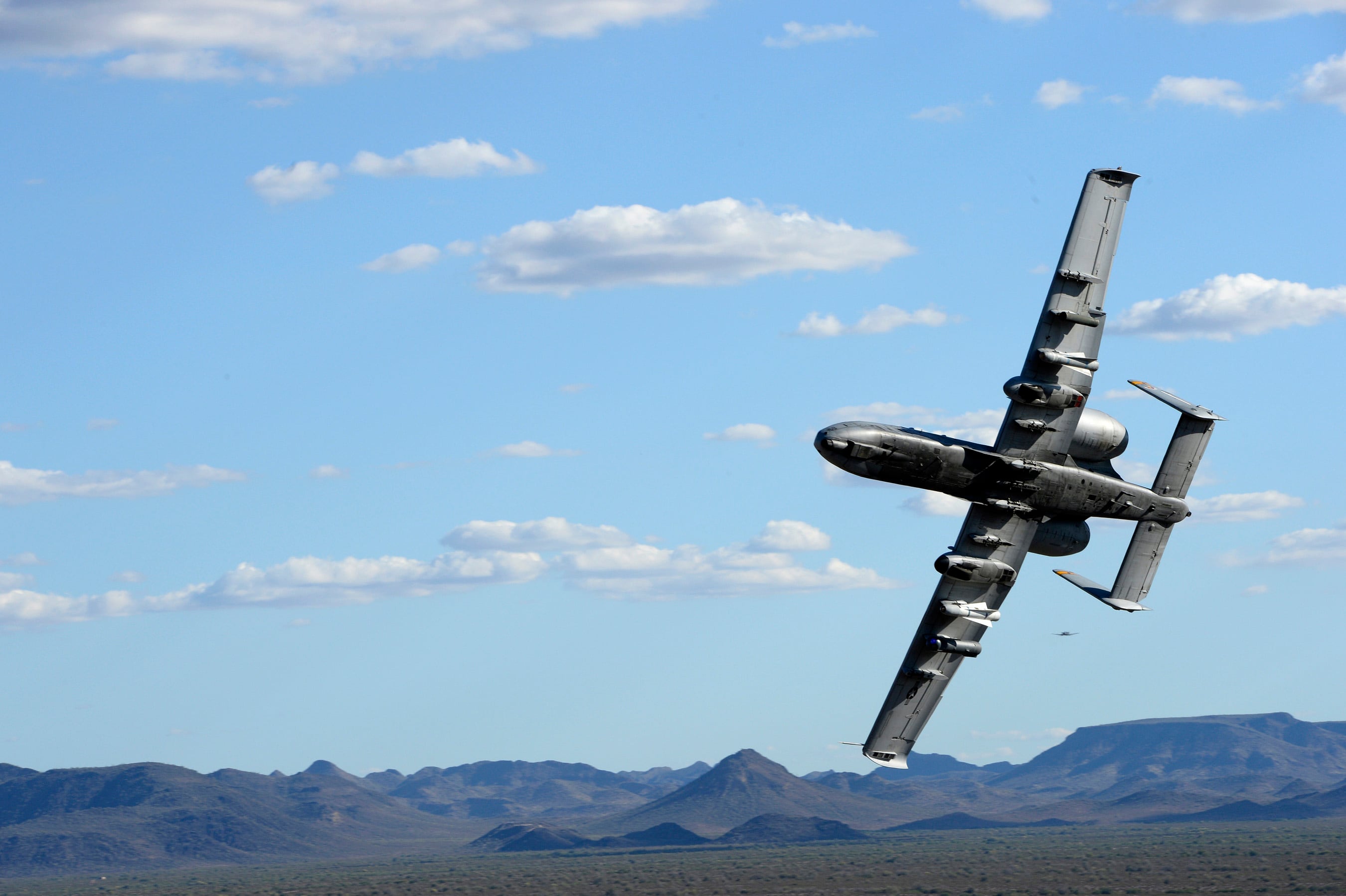The Air Force could see its first female airman graduate from tactical air control party training this spring, the service’s personnel chief told Congress Wednesday.
But even if she does succeed, the Air Force doesn’t expect many more women to follow her into operational units anytime soon.
In testimony before the Senate Armed Services subcommittee on personnel, Lt. Gen. Brian Kelly, deputy chief of staff for manpower, personnel and services, said that 10 female airmen have entered into special warfare training after all combat jobs were opened to women in December 2015.
None so far have qualified and graduated, Kelly said. But there is now one female airman in TACP training, he said, who could potentially graduate in spring.
Kelly said the Air Force is fully committed to integrating women into combat positions, and has increased targeted marketing to attract female recruits. It has also placed female cadre instructors in those training units.
Historically, attrition rates for both men and women in special warfare career fields have ranged from 40 percent to 90 percent, depending on the field, Kelly said.
“Finding qualified volunteers for special warfare career fields, both males and females, continues to be challenging,” Kelly said in his opening statement. “The training programs are demanding and require higher and broader levels of physical fitness to meet the demands of the occupationally specific, operationally relevant tests. … Consequently, we do not foresee large numbers of females in operational units in the near term."
Kelly said the Air Force expects it is on track to meet its total recruiting goals. So far in fiscal 2019, the active duty has met 21 percent of its overall enlisted recruiting goal of 32,300. When recruits who have agreed to sign up and have been given projected dates to begin basic military training are factored in, the Air Force will be at 51 percent of its goal. Last year, the Air Force recruited 29,831 new enlisted airmen, slightly more than its goal of 29,450.
The Air Force Reserve is now at 35 percent of its combined officer and enlisted recruiting goal of 8,650, he said, and the Air National Guard is at 32.6 percent of its officer and enlisted recruiting goal of 10,378.
RELATED

But it’s not easy finding prospective recruits for special warfare programs, he said. The Air Force last year set up a new training group and new recruiting squadrons specializing in fields such as special warfare, explosive ordnance disposal and survival, evasion, resistance and escape.
Kelly said that so far in 2019, the Air Force has had success in meeting monthly goals for special warfare airmen — but have missed EOD and SERE airmen recruiting targets three of the last four months. Kelly said the Air Force expects to regain that lost ground in the latter part of 2019.
Pilot shortfall
The Air Force continues to struggle to close a concerning pilot shortfall. Kelly said that at the end of fiscal 2018, the total force pilot shortage numbered 1,937 — not far off from the roughly 2,000-pilot shortage, or about 10 percent of the overall pilot force, that the Air Force has reported since late 2017. About half of that shortage is in the fighter pilot ranks, Kelly told lawmakers.
There has been some signs of promise in the so-called “take rates” of hefty aviation bonuses, which in some cases can net a pilot as much as $420,000 to stay on a dozen more years. After four straight years of declining aviation bonus take rates, Kelly said, the overall percentage went up from 44 percent to 45 percent between fiscal 2017 and 2018. Fighter pilots and bomber pilots significantly increased their acceptance of aviation bonuses, he said, although mobility pilot take rates dropped considerably.
Despite the improvements, the Air Force isn’t close to where it needs to be, Kelly said.
“Overall we are below the retention target of 65 percent [accepting the bonuses] needed each year and within each pilot category to sustain a healthy inventory,” he said.
Stephen Losey is the air warfare reporter for Defense News. He previously covered leadership and personnel issues at Air Force Times, and the Pentagon, special operations and air warfare at Military.com. He has traveled to the Middle East to cover U.S. Air Force operations.




